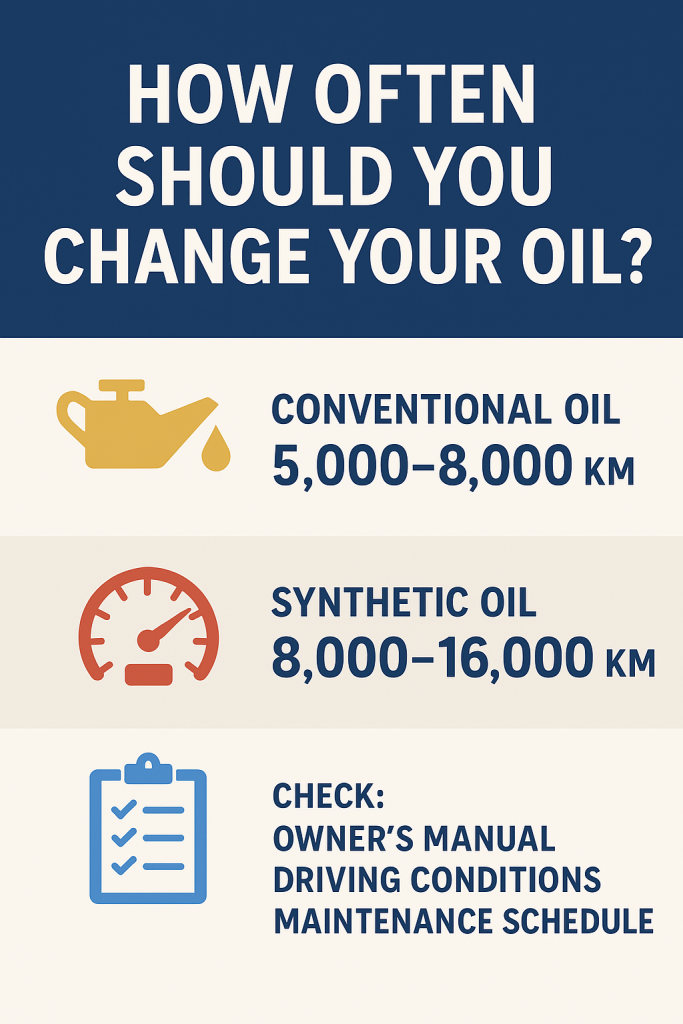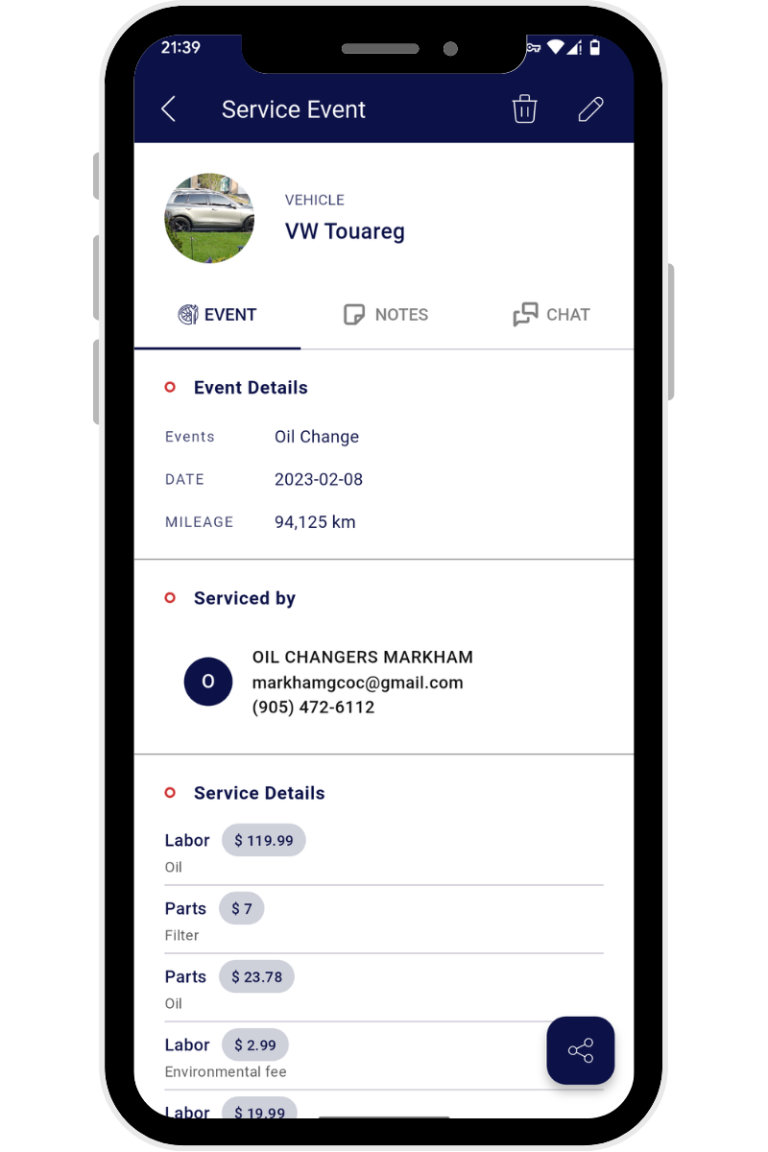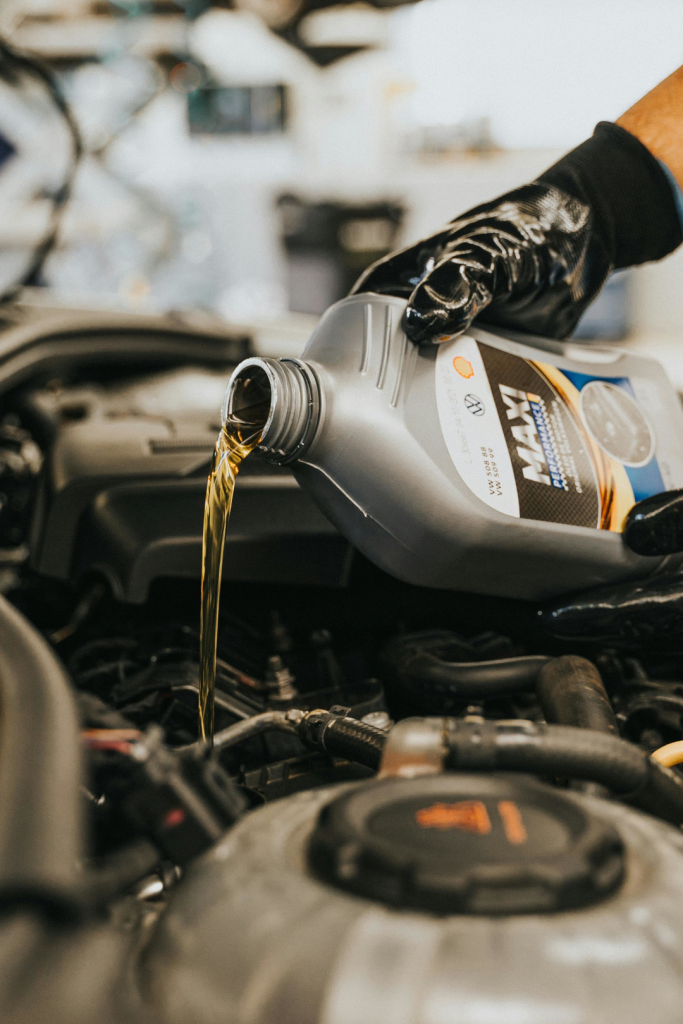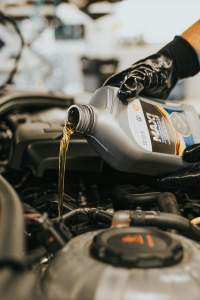If you’ve been driving for a while, you’ve probably heard the classic advice: “Change your oil every 5,000 km.” For decades, this was gospel. Quick-lube shops printed it on stickers. Mechanics reminded you religiously. But is it still true today?
The short answer: not always.
Why Oil Change Intervals Have Changed
What Changed?
Modern engines and lubricants have come a long way. Synthetic oils, tighter tolerances, and better filtration mean engines stay cleaner longer. Most automakers now recommend 8,000 to 16,000 km between oil changes—sometimes even more for certain models.
Check your owner’s manual or your car’s digital service schedule. Chances are, that 5,000 km rule of thumb is outdated.
The Cost of Changing Too Often
Changing your oil more than necessary isn’t harmful to your car, but it can hurt your wallet and the environment. Extra oil changes mean:
- Higher costs for oil and filters
- More waste oil to recycle or dispose of
- Unnecessary downtime

Think about it: If your vehicle calls for 12,000 km intervals but you stick to 5,000, you’re nearly doubling your annual oil change cost for no added benefit.
The Risk of Waiting Too Long
Of course, the opposite is also true—waiting too long between oil changes can lead to engine wear, sludge buildup, and expensive repairs. Missing an oil change by thousands of kilometers isn’t worth the gamble.
Pro Tip: Your driving habits matter. Frequent short trips, extreme cold or heat, or towing can shorten oil life
The Smart Way to Track Oil Changes

Here’s the reality: most of us forget the last time we changed our oil. That’s where a digital logbook comes in handy. Tools like MyRide901 let you:
- Record every oil change (with receipts and photos)*
- Get reminders for your next service
- View your entire service timeline at a glance
No more sticky notes on the dash. No more guessing if you’re due.
*MyRide901 has a Scan feature that automatically enters all the parts, labor and pricing details from your receipt simply by taking a photo of the receipt or uploading a copy.
Key Takeaway
Oil changes are still vital, but too often is wasteful, too late is risky. Follow your manufacturer’s schedule, consider your driving conditions, and use a digital system to keep on top of it.





